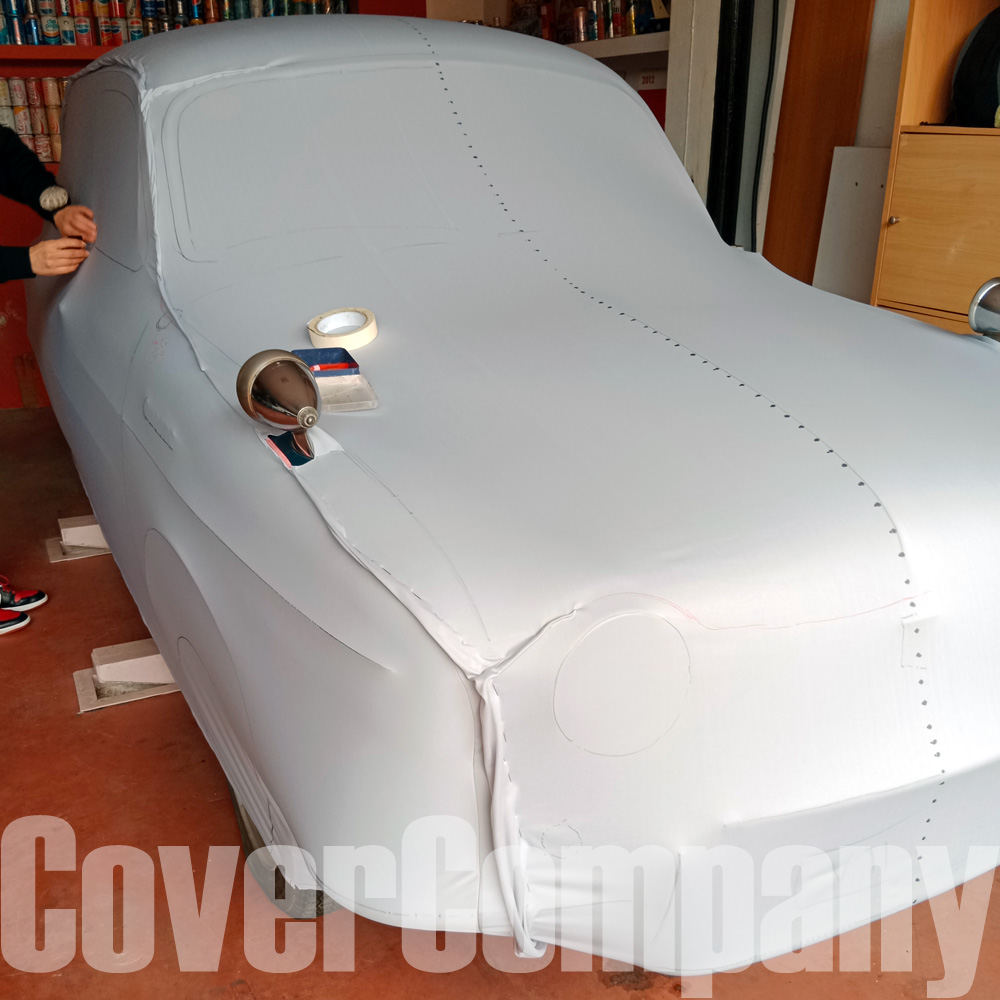Shop now.Pay it in 4.

Clearpay is unregulated credit.
Use responsibly.T&Cs & late fees
apply at clearpay.co.uk/terms
FROM OUR BLOG
-
7 MarRead more »
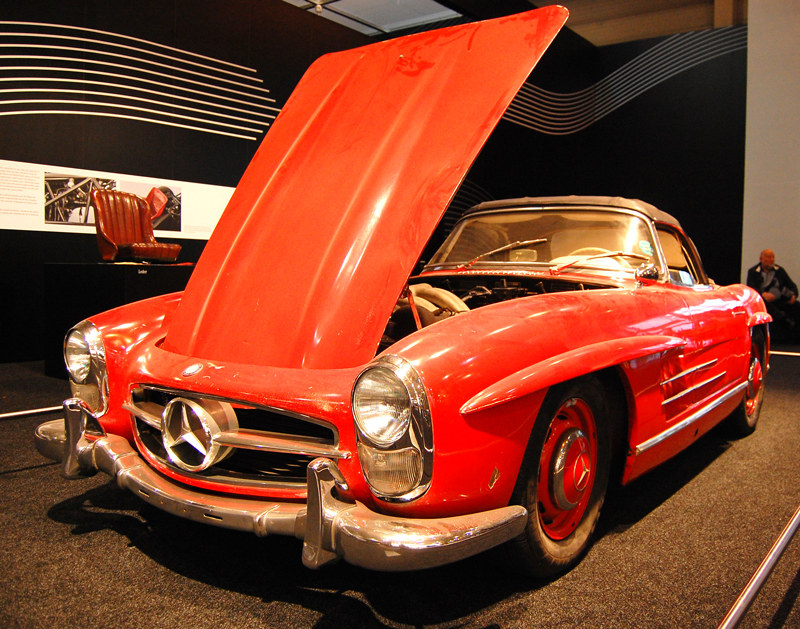 Classic cars are vehicles that are generally considered to be collectible or noteworthy due to their age, rarity, design, or engineering. While there is no specific definition of a classic car, they are typically cars that are over 25 years old and have a certain historical significance or cultural importance.
Classic cars are vehicles that are generally considered to be collectible or noteworthy due to their age, rarity, design, or engineering. While there is no specific definition of a classic car, they are typically cars that are over 25 years old and have a certain historical significance or cultural importance.One of the main reasons why classic cars are valuable is because of their rarity. Many of these cars were produced in limited numbers, and as time passes, the number of surviving examples becomes increasingly smaller. As a result, the demand for classic cars can be quite high, which can drive up their value significantly.
Classic cars also have a significant cultural and historical significance. They represent a particular era in automotive design and engineering, and they often have a unique aesthetic that reflects the style and trends of their time. As
-
5 MarRead more »
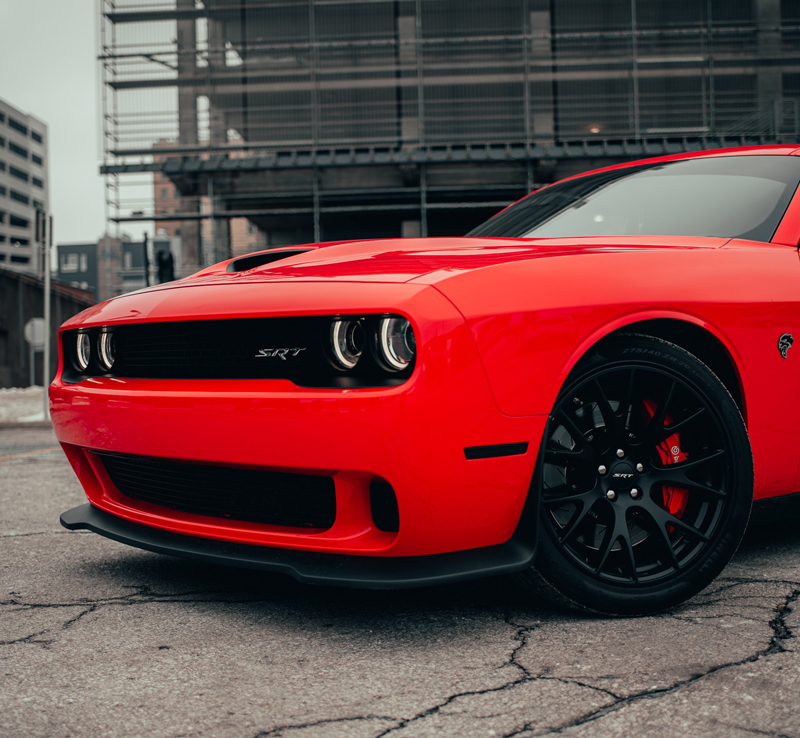 The Dodge Challenger is a classic American muscle car that first debuted in 1970 as a response to the popular Ford Mustang and Chevrolet Camaro. It was designed to be a high-performance vehicle that could compete with other muscle cars of the era, and it quickly gained a reputation as a powerful and fast car with a distinctive style.
The Dodge Challenger is a classic American muscle car that first debuted in 1970 as a response to the popular Ford Mustang and Chevrolet Camaro. It was designed to be a high-performance vehicle that could compete with other muscle cars of the era, and it quickly gained a reputation as a powerful and fast car with a distinctive style.The first generation of the Challenger was produced from 1970 to 1974, and it featured a variety of powerful engine options, including the iconic Hemi V8. After a hiatus of over 25 years, the Challenger was reintroduced in 2008 with a retro-inspired design that paid homage to its classic roots.
Since its reintroduction, the Challenger has continued to be a popular muscle car, known for its powerful engines and bold styling. Dodge has released a number of special edition versions of the Challenger over the years, including the SRT Hellcat
-
3 MarRead more »
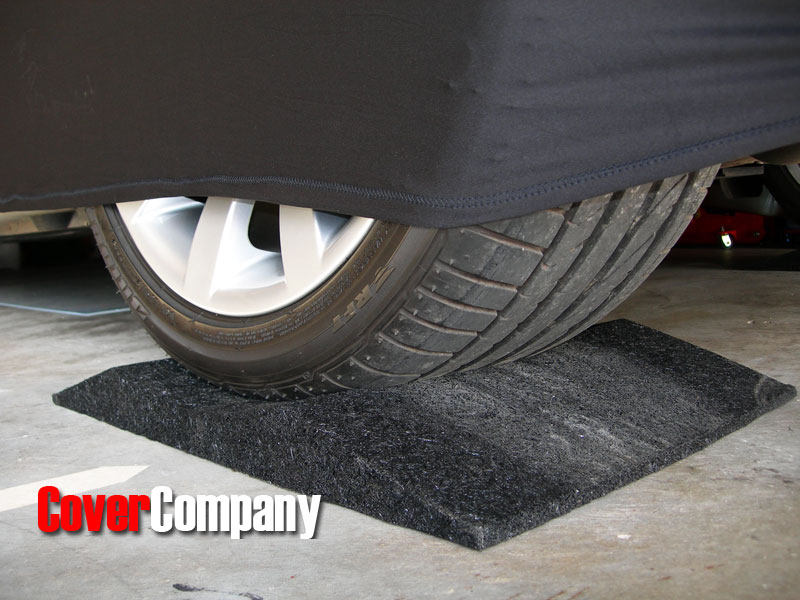 Storing a vehicle for a long time can be challenging, as there are several factors that can affect its condition over time. Here are some things to take into account when storing a vehicle for a long time:
Storing a vehicle for a long time can be challenging, as there are several factors that can affect its condition over time. Here are some things to take into account when storing a vehicle for a long time:- Choose a suitable location: The location where you store your vehicle should be dry, cool, and well-ventilated. Avoid storing your vehicle in a damp, humid or excessively hot location. If possible, store your vehicle in a garage or covered area to protect it from the elements.
- Prepare the vehicle: Before storing your vehicle, perform routine maintenance, such as changing the oil, filling the gas tank, and checking the tyre pressure. It's also a good idea to wash and wax the exterior, clean the interior,
-
1 MarRead more »
 Cover Company is dedicated to designing and producing high-quality, custom car covers for over 15 years. Based on years of experience and customer feedback, we've developed a range of products that are designed to meet the needs of classic car owners and enthusiasts.
Cover Company is dedicated to designing and producing high-quality, custom car covers for over 15 years. Based on years of experience and customer feedback, we've developed a range of products that are designed to meet the needs of classic car owners and enthusiasts.Our car covers are made with durable materials and are tailored to fit your car's specific make and model, providing protection from the elements and preserving its beauty. Here below are some of the most frequent questions our customers wonder:
-
27 FebRead more »
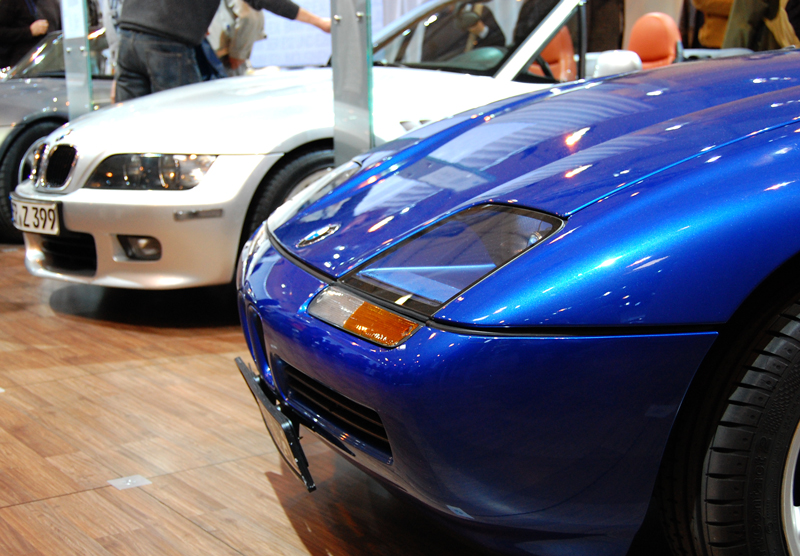 Bayerische Motoren Werke, commonly known as BMW, is a German multinational company that produces luxury vehicles and motorcycles. BMW's history can be traced back to 1916 when the company was founded as a manufacturer of aircraft engines in Munich, Germany.
Bayerische Motoren Werke, commonly known as BMW, is a German multinational company that produces luxury vehicles and motorcycles. BMW's history can be traced back to 1916 when the company was founded as a manufacturer of aircraft engines in Munich, Germany.After World War I, BMW was forced to stop producing aircraft engines due to the Treaty of Versailles, which prohibited Germany from manufacturing military aircraft. As a result, BMW turned its focus to producing motorcycles and later expanded to automobiles.
During World War II, BMW once again focused on aircraft engines and produced engines for the Luftwaffe. After the war, BMW was banned from producing aircraft engines and was forced to rebuild its business once again. The company shifted its focus to producing small cars and motorcycles.
-
23 FebRead more »
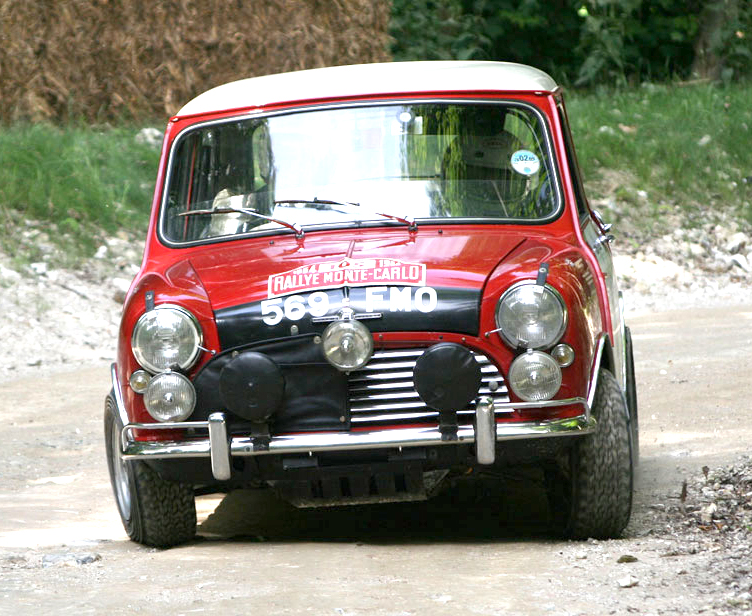 The Mini is a British car that was first introduced in 1959 by the British Motor Corporation (BMC). It was designed as an economical and compact car that would be affordable to the average consumer. The Mini quickly became a popular choice for consumers in the United Kingdom and soon became a cultural icon.
The Mini is a British car that was first introduced in 1959 by the British Motor Corporation (BMC). It was designed as an economical and compact car that would be affordable to the average consumer. The Mini quickly became a popular choice for consumers in the United Kingdom and soon became a cultural icon.The original Mini was designed by Alec Issigonis, who was tasked with creating a car that would be small enough to navigate the narrow roads of Britain, but still spacious enough to accommodate four passengers. The Mini was built on a unique transverse engine design, which allowed for maximum interior space in a compact body.
The Mini quickly gained popularity in the 1960s and was adopted by a variety of subcultures, including mod, punk, and rock and roll. The Mini was also used as a rally car and became known for its nimble handling and maneuverability.
-
21 FebRead more »
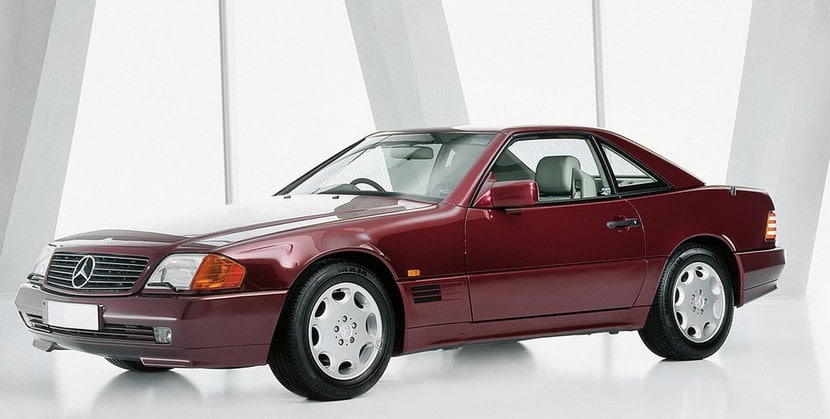 The Mercedes-Benz SL (Sport Leicht or Sport Lightweight) is a luxury roadster that has a rich history dating back to the 1950s. The first generation of the SL was introduced in 1954 and was designed to be a high-performance, two-seat roadster that offered both style and performance.
The Mercedes-Benz SL (Sport Leicht or Sport Lightweight) is a luxury roadster that has a rich history dating back to the 1950s. The first generation of the SL was introduced in 1954 and was designed to be a high-performance, two-seat roadster that offered both style and performance.The second generation of the SL, introduced in 1963, was known for its distinctive "pagoda" roof and was the first SL model to feature a retractable hardtop. This generation of the SL was also equipped with powerful engines and advanced features, making it a popular choice among luxury car enthusiasts.
Throughout the years, the SL has undergone several changes and improvements, with each new generation offering increased performance, improved handling, and updated technology. Some of the most notable SL models include the R107 (1971-1989), the R129 (1989-2001), and the R230 (2001-2008).
-
20 FebRead more »
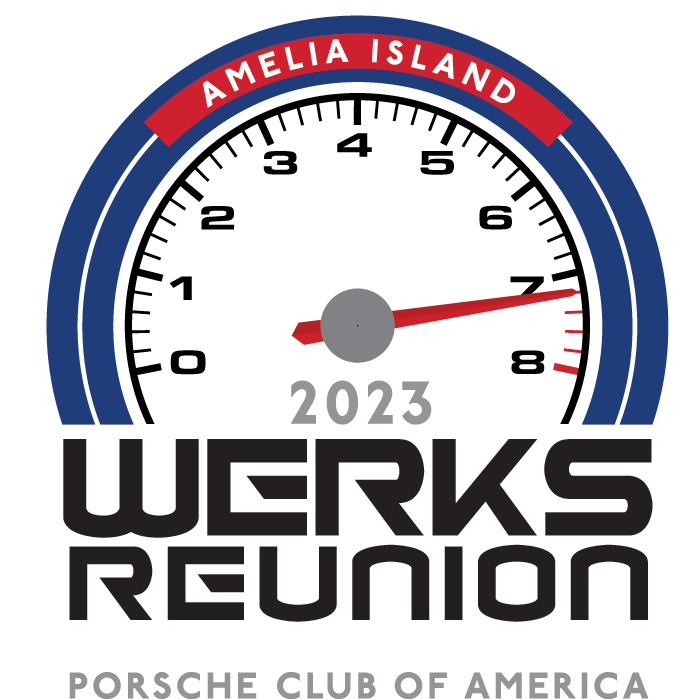 Porsche Club of America (PCA) welcomes all Porsche clubs, owners, and enthusiasts to the seventh annual Werks Reunion Amelia Island on March 3, 2023, the Friday preceding the Amelia Island Concours d'Elegance. Join us at the The Amelia River Club to see a breathtaking array of Porsches, from rare to current models, and everything in between!
Porsche Club of America (PCA) welcomes all Porsche clubs, owners, and enthusiasts to the seventh annual Werks Reunion Amelia Island on March 3, 2023, the Friday preceding the Amelia Island Concours d'Elegance. Join us at the The Amelia River Club to see a breathtaking array of Porsches, from rare to current models, and everything in between!You are not required to be a PCA member to participate in this celebration of Porsche automobiles; however, you must register to Corral or be Judged. Display your cherished car in model-specific Porsche Corrals, or enter the Porsche Judged Field and compete to win in more than 20 prize categories.
-
19 FebRead more »
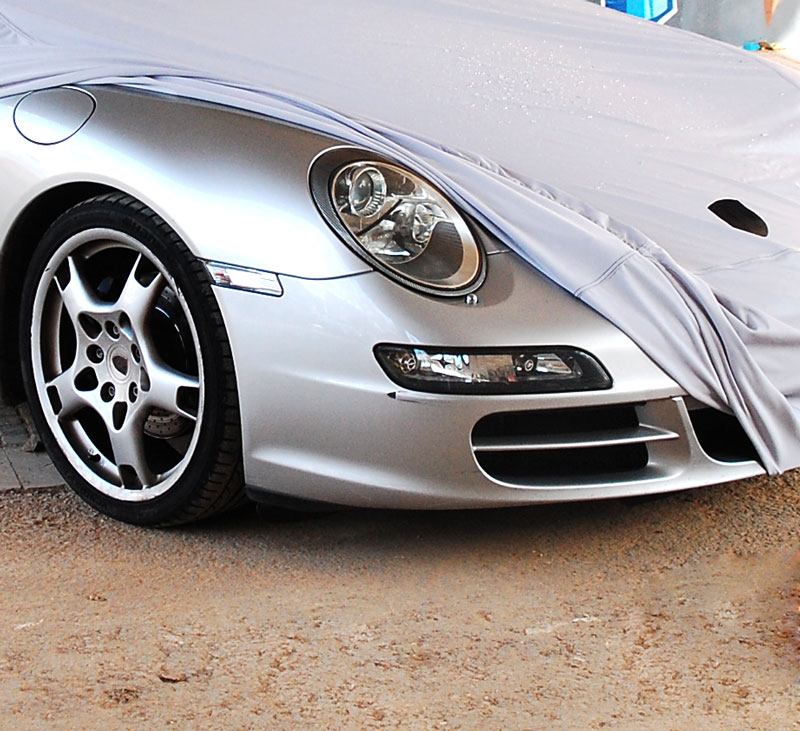 The Porsche 911 is a sports car produced by the German automaker Porsche AG. It was first introduced in 1963 and has since become one of the most iconic and recognizable vehicles in the world.
The Porsche 911 is a sports car produced by the German automaker Porsche AG. It was first introduced in 1963 and has since become one of the most iconic and recognizable vehicles in the world.The original 911 was designed to replace the Porsche 356, and it was intended to be a more powerful and sophisticated sports car. Over the years, the 911 has undergone numerous updates and improvements, but its distinctive design, with its curved roofline and distinctive rear-engined layout, has remained largely unchanged.
The early 911 models were powered by air-cooled flat-six engines, but in the late 1990s, Porsche switched to water-cooled engines. Throughout its history, the 911 has been offered in a variety of trim levels and engine configurations, including the 911 Carrera, 911 Turbo, and 911 GT3.
-
17 FebRead more »
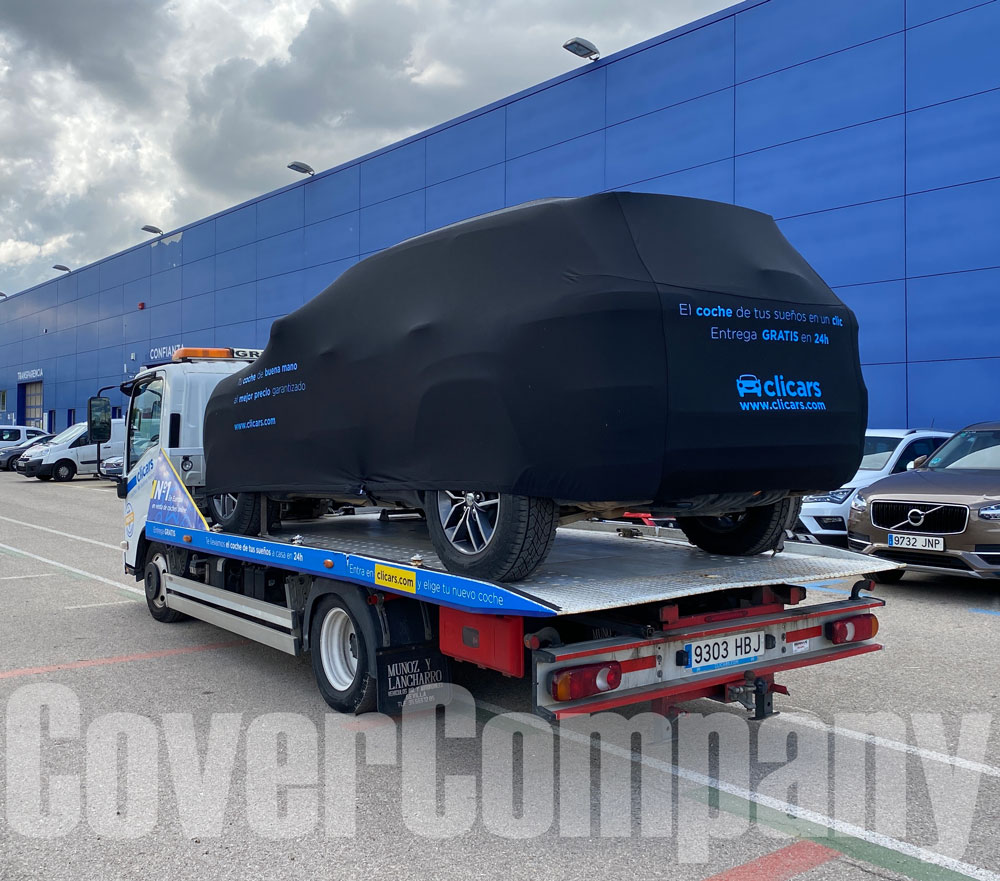 Buying a classic car can be a great investment, as well as a source of joy and personal fulfillment. Buying it abroad can be an exciting and rewarding experience, but it can also be a bit intimidating. With a little bit of planning and research, however, you can find the perfect classic car and bring it home to enjoy for years to come. Here are some tips to help you buy a classic car abroad:
Buying a classic car can be a great investment, as well as a source of joy and personal fulfillment. Buying it abroad can be an exciting and rewarding experience, but it can also be a bit intimidating. With a little bit of planning and research, however, you can find the perfect classic car and bring it home to enjoy for years to come. Here are some tips to help you buy a classic car abroad:


